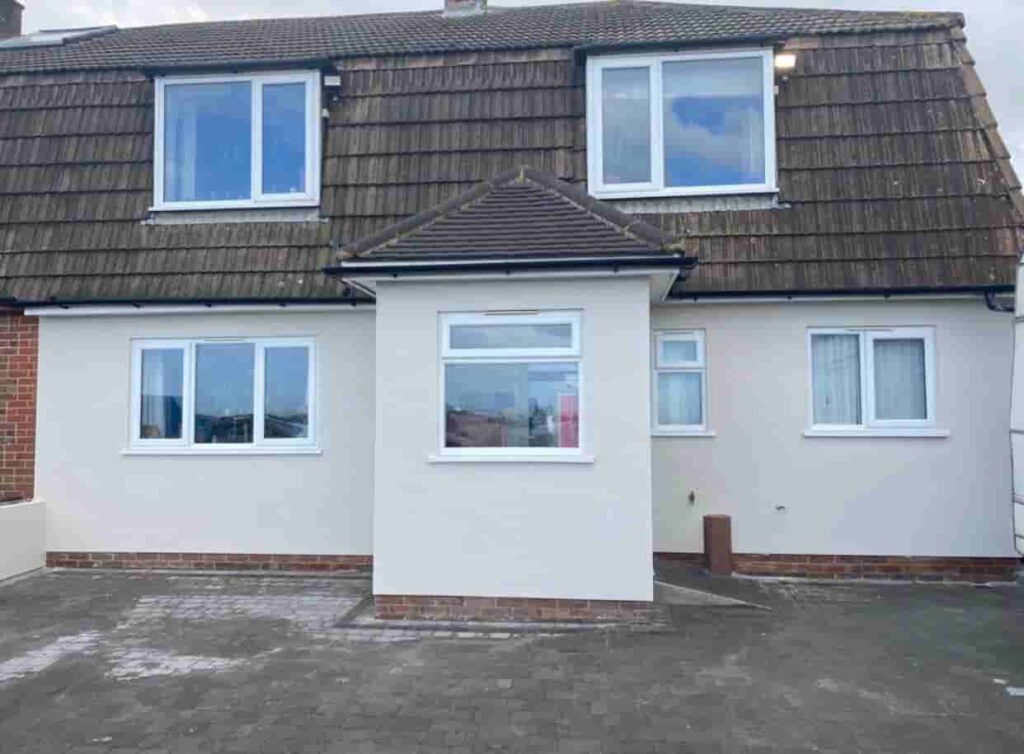Introduction: Skylights are a fantastic addition to any commercial building, providing natural light, energy efficiency, and aesthetic appeal. However, integrating skylights into the plan requires careful consideration and expertise when it comes to roof repairs and maintenance. In this guide, we’ll explore the benefits of incorporating skylights into commercial roof repair plans and share essential tips for ensuring a seamless integration that enhances functionality and aesthetics.
Enhanced Natural Light:
One of the primary benefits of incorporating skylights into commercial roof repair plans is the ability to harness natural light. Natural light creates a more inviting and productive indoor environment and reduces the need for artificial lighting, resulting in energy savings and lower utility bills.
Improved Energy Efficiency:
Skylights can also improve energy efficiency by reducing the need for artificial heating and cooling. Properly installed skylights allow natural sunlight to penetrate the building, reducing the reliance on electric lighting during daylight hours and helping regulate indoor temperatures.
Aesthetic Appeal:
In addition to their functional benefits, skylights can enhance the aesthetic appeal of a commercial building, creating an open, airy atmosphere and adding visual interest to interior spaces. Whether used in office buildings, retail spaces, or industrial facilities, skylights can elevate the overall design and ambience of the environment.
Integration Considerations:
When incorporating skylights into commercial roof repair plans, several factors should be taken into consideration to ensure a successful integration:
- Roofing Materials: The roofing material will influence the installation method and compatibility with skylights. Work with a roofing contractor experienced in installing skylights to ensure compatibility and proper sealing to prevent leaks.
- Structural Integrity: Assess the roof’s structural integrity to determine if it can support the weight and additional load of skylights. Reinforcements may be necessary to ensure the roof can safely accommodate the installation of skylights.
- Positioning and Size: Carefully consider the positioning and size of skylights to maximise natural light distribution while minimising heat gain and glare. Work with a qualified architect or designer to determine the optimal placement and size of skylights based on the building’s layout and orientation.
- Sealing and Waterproofing: Proper sealing and waterproofing are essential to prevent leaks and water infiltration around skylights. Ensure skylights are installed with high-quality flashing and sealing materials to create a watertight seal and protect against moisture damage.
Professional Installation and Maintenance:
Skylights are a significant investment in your commercial building, and proper installation is critical to their long-term performance and durability. Partner with a reputable roofing contractor experienced in skylight installation to ensure seamless integration into your roof repair plan. Regular maintenance inspections should also be scheduled to check for signs of damage or wear and address any issues promptly to prevent leaks and maintain optimal functionality.
Conclusion: Incorporating skylights into commercial roof repair plans offers numerous benefits, including enhanced natural light, improved energy efficiency, and aesthetic appeal. By carefully considering factors such as roofing materials, structural integrity, positioning, and sealing, you can ensure a successful integration that enhances both the functionality and beauty of your commercial building. Partner with experienced professionals for installation and maintenance to maximise the benefits of skylights and enjoy a brighter, more inviting indoor environment for years to come.
Call us on: 0115 647 1193
Click here to find out more about Cotgrave Roofing Repairs
Click here to complete our contact form and see how we can help with your roofing needs.

